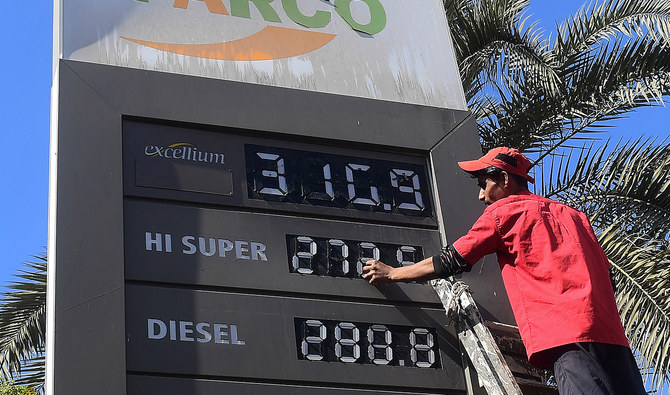The government is expected to reflect the impact of reduced international prices to consumers by lowering the rates of petrol and high-speed diesel (HSD).
In the upcoming bi-weekly price review on June 15, it is anticipated that petrol will decrease by approximately Rs9 per litre and HSD by Rs5 per litre.
Sources indicate that international prices for petrol and HSD have declined by about $3.75 and $2.7 per barrel, respectively, over the past two weeks. This follows a previous drop of about $12 and $8 per barrel for petrol and HSD in the preceding fortnights.
Petrol prices have decreased to slightly over $90 per barrel from about $94, while HSD prices have reduced to $95 from $98 per barrel.
The import premium on petrol has slightly decreased to $9.50 per barrel from $9.70 in the last fortnight, with the rupee’s value remaining stable.
Pending final calculations, including the inland freight equalization margin (IFEM), it is projected that petrol prices will decrease by Rs9 per litre and HSD by Rs5 per litre.
The final retail prices will include the Petroleum Development Levy (PDL), which has already reached the maximum permissible limit of Rs60 per litre under the law for both petrol and HSD.
In the first nine months of the fiscal year ending March 31, this levy contributed Rs720 billion to the government’s revenue, with a revised target of Rs960 billion for the year, in line with commitments to the International Monetary Fund.
Currently, the government imposes approximately Rs80 per litre in taxes on both petrol and HSD, including around Rs19-20 per litre in customs duty, despite a zero general sales tax on all petroleum products.
Petrol and HSD are major revenue generators due to their monthly sales volume of about 700,000 to 800,000 tonnes, compared to just 10,000 tonnes monthly demand for kerosene.
High petroleum and electricity prices have been significant contributors to inflation rates. Petrol, primarily used in private transport, small vehicles, rickshaws, and motorcycles, directly impacts the budgets of middle- and lower-middle-class households.
Meanwhile, HSD, crucial for heavy transport vehicles, trains, agricultural machinery like trucks, buses, tractors, tube wells, and threshers, notably affects the prices of vegetables and other food items.




